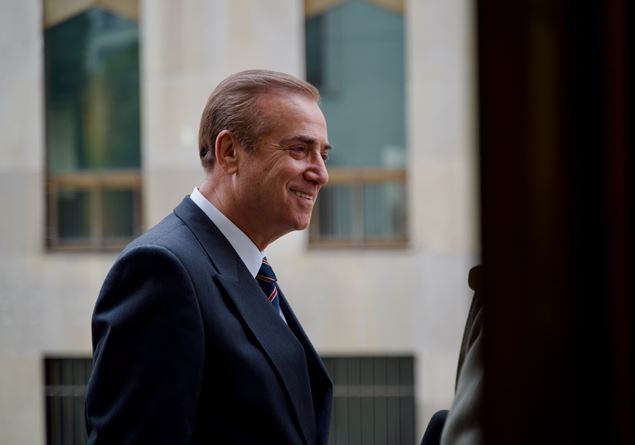
The director general of the International Atomic Energy Agency (IAEA), Rafael Grossi, visited Russia’s nuclear power plant in the Kursk region on Tuesday after the Kremlin claimed eight days ago that it had been targeted by Ukrainian drones.
“A nuclear power plant of this type so close to the point of contact or a military front is an extremely serious fact,” he said, while considering that Moscow’s responsibility would have been to suspend its operation. He said he had been able to visit “the most important parts” of the plant, which is less than 50 kilometers from the fighting. The IAEA said it had been informed by Russia of the discovery of drone fragments about a hundred meters from a spent fuel storage facility at the plant, without confirming or denying that they were debris from Ukrainian drones.
No major concerns
The plant has four complete reactors, two of which are shut down, the other two using the same technology called RBMK (Russian acronym for Large Power Pressure Tube Reactor) as those at Chernobyl involved in the largest civil nuclear disaster in history, in 1986. Unlike those at the Zaporizhia plant in southern Ukraine, which Russian troops seized in March 2022, using so-called VVER technology, pressurized water, which cannot explode and burn, the Kursk reactors carry a theoretical risk of explosion, but have undergone “significant safety improvements” according to the IAEA.
Rafael Grossi, during his visit Tuesday, said it was “exaggerated” to compare Kursk to Chernobyl. “But they are the same type of reactors, and there is no specific protection,” he admitted. Robert Kelley, former director of inspections for the agency, said “the possibility of a Chernobyl-type incident with a reactor that explodes and burns for days is zero.” However, he said, there is still a danger if a missile hits the spent fuel storage facilities, which would release radioactive gases and particles in a limited area around it.
The Zaporizhia nuclear power plant was the first in the world to be located in the vicinity of a war. The Kursk nuclear power plant is therefore the second.





